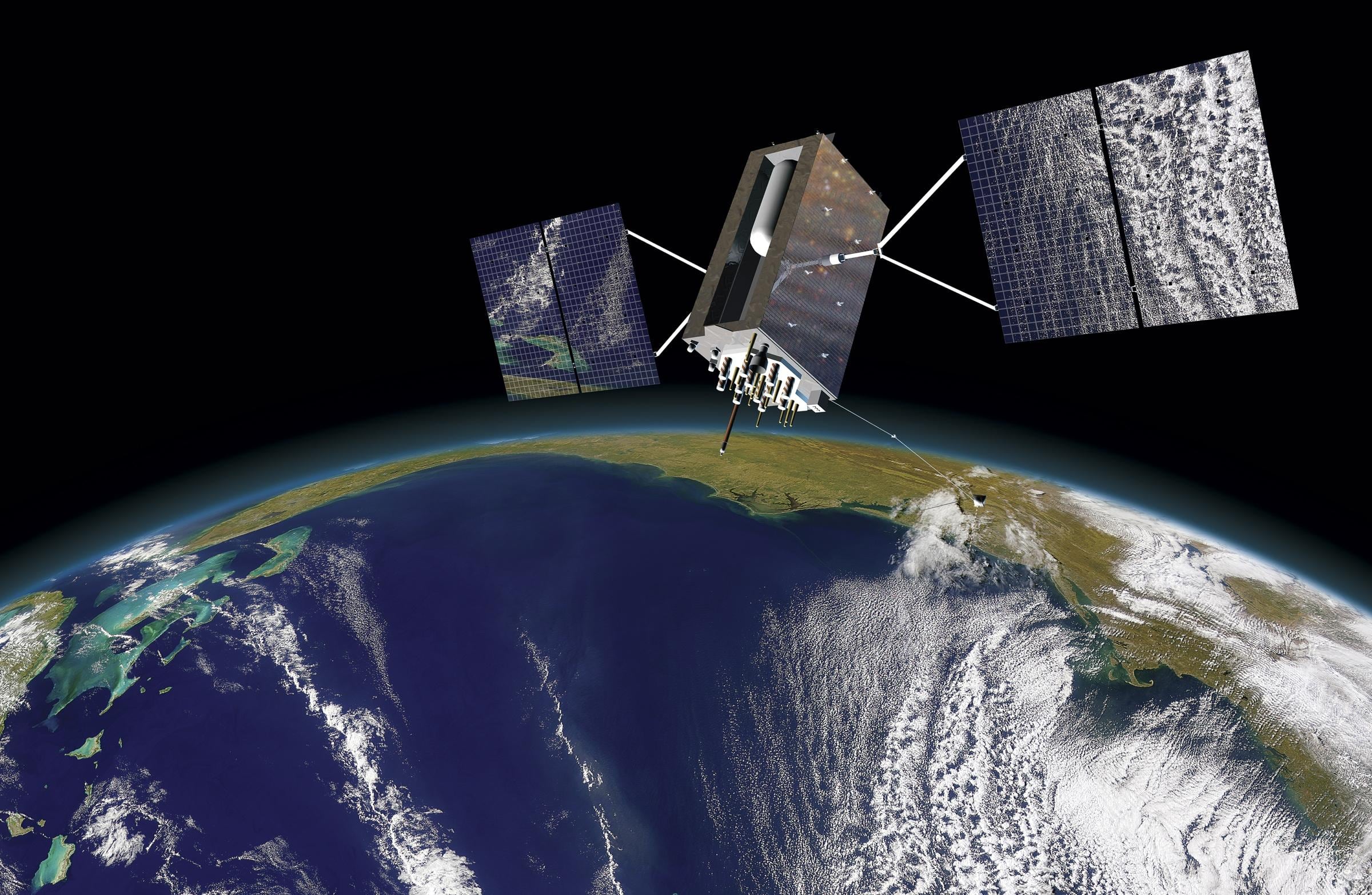New simulation technology will ensure the next generation of military antennas have the anti-spoofing and anti-jamming capabilities contractors claim they do.
War fighters rely on accurate positioning, navigation and timing data on the battlefield, primarily using the Air Force’s space-based GPS signal for that information. GPS is the gold standard of PNT — but it’s still vulnerable. Adversaries have developed spoofing and jamming capabilities that can either deny a GPS signal to an environment or spoof the signal, feeding false PNT data to the war fighter.
The U.S. military and industry have responded by developing anti-spoofing and anti-jamming technology to ensure war fighters can get the proper GPS signal.
Enter controlled reception pattern antennas, or CRPA.
“All next-gen military platforms are moving towards using these CRPA antennas so they can better be protected in adverse environments,” explained Tyler Hohman, director of products at Orolia Defense & Security.
But as the Army looks to adopt these antennas as an anti-spoofing, anti-jamming solution, it needs to know whether the technologies work with the platforms the service already has or is working to acquire. Orolia is touting its capabilities for simulation tech as a way for the military to test whether the antennas can deliver as promised.
“It’s tough right now for the military because they are starting to put these [antennas] on hundreds and thousands of platforms, but they need to first get them into labs and characterize how they’re going to work in certain environments, how do they work with the other subsystems as a part of the vehicle,” Hohman said. “And so we’ve designed this new simulator and are starting to sell it directly to the military so they can better test those systems.”
At the Association of the U.S. Army’s annual conference on Oct. 14, Orolia demonstrated its new BroadSim Wavefront Advanced Simulator, which provides the testing capability the Army is seeking.
The company sold one simulator to the Army and expects to deliver it by the end of the year as a way to support all future mounted testing, Hohman said. The Army will use the simulator to test its next-generation mounted and dismounted systems, though he noted that the simulator can be used for airborne or space systems as well.
“Commercial or military space vehicles that are going to the International Space Station, for example, those vehicles need to be able to accurately get there and know where they’re at and merge with the space station. So we actually have some customers that are using our technology within this system to be able to recreate those GPS and [Global Navigation Satellite System] GNSS systems so they can model those applications,” Hohman said.
Orolia said military orders for its resilient positioning, navigation and timing solutions nearly tripled in the third quarter as the Army puts increased focus on anti-spoofing technology.
Nathan Strout covers space, unmanned and intelligence systems for C4ISRNET.








